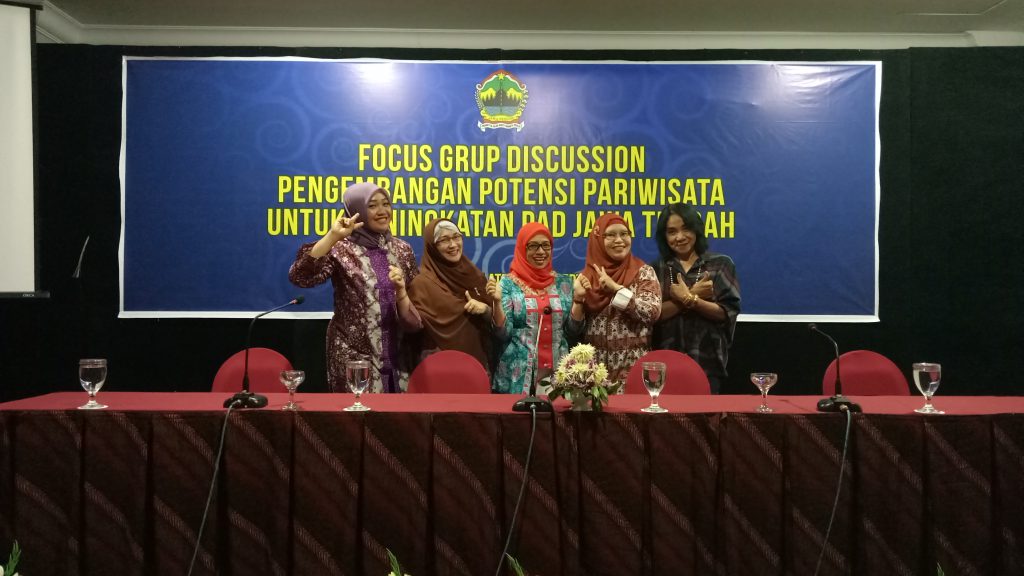
Journal 1-10
Efisiensi Kinerja Perbankan di Indonesia
Izza Mafruhah
Abstract
In a industry, mechanism is a result which is influenced by structure and behaviour of its industry while economically mechanism has some aspects that certain it, but the experts more focus un three aspect, those are technology, efficiency and development in distribution. Mechanism in a company is usually measured by economy efficiency that is the comparasion between output that is resulted by input which is used or it can say that economy efficiency will reflect efficient input allocation because a company is always considered to operate in the limit line of production ( efficiency technic ) In a company in this research is the finance institution of bank, it can be said efficient if it uses less input unit compared to input that is produced by other companies to prduce more out put. From the result of the research is get the first conclusion that is the finance institution of bank in Indonesia pasca crisis in 1997 – 1998 generally has developed quite well, it is proved by the mechanism is rising well in the finance mechanism in each finance institution of the bank. Both public government bank has lower technic of efficiency level compared to the national private and foreign bank. From 13 numbers of sample banks that is researched, there are 3 banks has nit had full efficiency yet those are Bank BNI 46 with efficiency level 84,58%, and then Bank BTN has efficiency level 97,01% while the private bank side ABN AMRO has not reached maximum value with efficiency level 99,82%. Three
resources of inefficiency in each bank is from input side
Download Jurnal
https://drive.google.com/file/d/1pWdGeM6QyUO-XLR0HyIYsRX7l3OoA2o9/view?usp=sharing
Community empowerment in rural infrastructure development program
Waridin, Atika Dzulkhijiana and Izza Mafruhah
Abstract
This study evaluates the role of stakeholders in the Rural Infrastructure Development Program (RIDP) and analyzes the intensity of community participation in the program implementation with a willingness to pay. Also, it analyzes the factors that influence community empowerment. This research uses sequential mixed method with descriptive statistics, Context Input-Output and Outcome Process (CIPOO), Analytical Hierarchy Process (AHP) and Willingness to Pay (WTP). The results of the analysis show that the main actors in the community empowerment program are the community followed by the local government, academician, and business actors. The community WTP is IDR 5,100, which helps them to maintain sustainability and maintain projects built by the government actively. The empowerment process is the most important factor followed by context and input as the second priority, while output and outcome become the third priority.
Download Jurnal
https://drive.google.com/file/d/1cSvwsqmJAze8p_BmOnqshszvBajLnVBf/view?usp=sharing
Development of Ecotourism Based on Community Empowerment (A Case Study of Kebumen Regency)
Mafruhah, I., Mulyani, N., Istiqomah, N., & Ismoyowati, D.
Abstract
The main objective of this research is to formulate a participatory and inclusive model of economic development by optimizing the potential of local resources in Kebumen regency, Central Java, Indonesia by 1) identifying local resource-based economic potentials to be developed into pilot projects in regional development, 2) analyzing factors affecting the success of potential development, 3) analyzing the needs that influence the increase of community and stakeholders participation in regional development activities. This study uses Geographic Information System to map economic potential, Analytical Hierarchy Process to analyze factors that influence community participation, and ATLAS.ti to analyze needs and activities in developing leading sectors. The analysis shows that the economic potential in Kebumen district is focused on the potential of natural resources which include forestry, agriculture, fisheries, plantations and livestock. The regional development needs to be carried out thoroughly from upstream to downstream. AHP analysis shows that the factors that influence the success of potential development are internal, institutional and external factors. Needs analysis shows that the community holds an important role but must be supported by other stakeholders, namely the government, business actors and academics. This study recommends upstream-downstream development through nature-based ecotourism. The upstream sector that must be prepared is natural conservation combined with access to accessibility. The concept of back-to- nature developed in ecotourism must be supported by the provision of facilities and infrastructur that allows visitors to reach and enjoy the nature’s beauty. In the downstream sector, tourism support services such as culinary and souvenir typical of Kebumen regency become an important part and need to involve all elements of community, especially those around the tourism destinations.
Download Jurnal
https://drive.google.com/file/d/1Lwh97oAz3wkzBwsqc8tWvpepC8b08o-X/view?usp=sharing
Implementation Of Cipoo Model (Context, Input, Process, Output And Out- come) In Poverty Reduction Based On Prime Potentials
Izza Mafruhah, Supriyono and Nurul Istiqomah
Abstract
Poverty is a classic problem caused by economic and non-economic factors such as cultural, sociological, political and geographical issues. Efforts to alleviate poverty can be done through community empowerment. Empowerment is the creation of an atmosphere or climate that allows excellent potential to grow. Wonogiri is the second largest regency in Central Java, with diverse prime potentials, but
not yet able to boost its economic growth. This leads to relatively high poverty in this regency. GDP growth per capita is much lower than that of Solo Raya, Provincial and National, which shows that Wonogiri people’s welfare is relatively lower compared to other regions. The main objective of this research is to develop a poverty reduction model based on prime potentials through the implementation
of CIPOO (Context, Input, Process, Output and Outcome) model in Wonogiri by (1) identifying local resource-based economic potentials; (2) analyzing factors affecting community empowerment and participation in inclusive development activities; and (3) analyzing the development process of each subdistrict. The research method used is Sequential Mixed Method with analytical tools used include Geographic Information System (GIS), CIPOO analysis, Focus Group Discussion, in-depth interview, and Klassen Typology. The results showed that the greatest potential in Wonogiri district is agriculture especially horticulture, fisheries, plantation, animal husbandry, and tourism. The gap between sub-districts is very high as indicated by high Gini index and Klassen typology. Therefore, the poverty alleviation model with participatory CIPPO is appropriate for Wonogiri regency.
Download Jurnal
https://drive.google.com/file/d/1z5v6a52mLM3ygP0-8MrvW3Bgt39g8wMM/view?usp=sharing